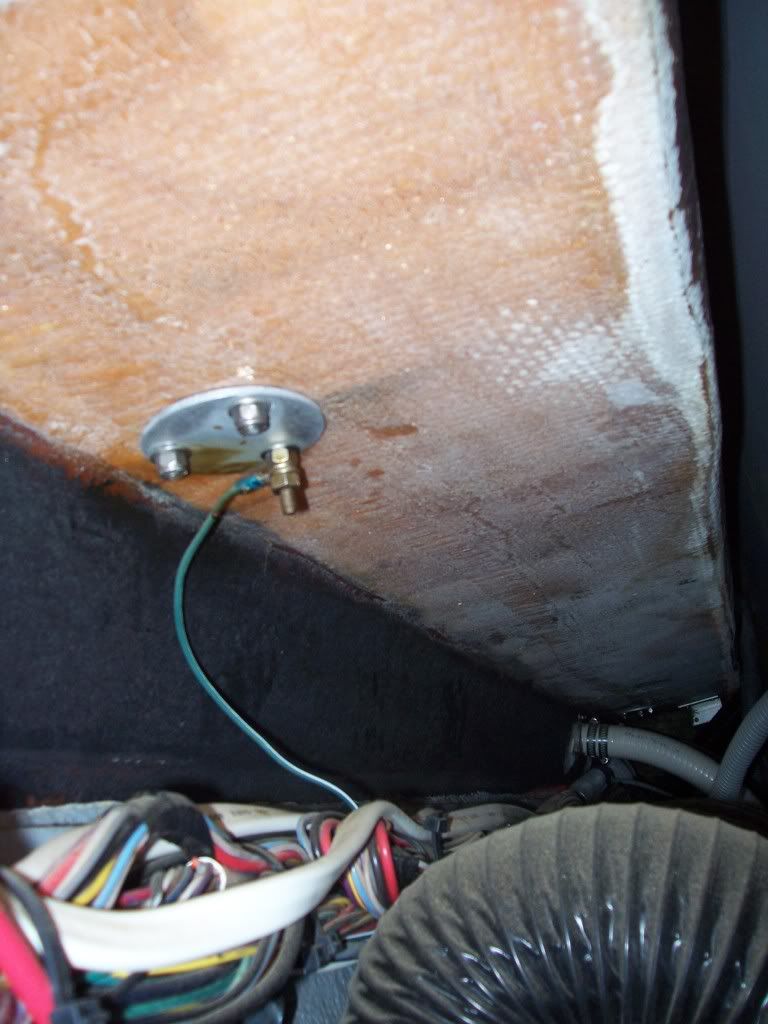trflgrl
Active Member
- Jun 23, 2014
- 982
- Boat Info
- 1989 Sundancer 300
- Engines
- Twin 350 Merc/Alpha 1 Gen 1; Quicksilver 4.0 gen
What product and process should I use to stop moisture from finding its way down the screws in base rail fittings? I'm imagining removing the screws and filling the holes with something like caulk, then re-setting them, as I could do that one or two fittings at a time and let them dry, rather than taking the rail off completely and turning it into a really big job.
Water isn't pouring in--there was evidence of moisture when I got the boat, and one time when we washed it I could feel dampness around a few of them. We have a covered slip and aren't out in the rain much, but if a small effort will make a big difference, I'll put it on the to do list!
Thanks for any suggestions!
Water isn't pouring in--there was evidence of moisture when I got the boat, and one time when we washed it I could feel dampness around a few of them. We have a covered slip and aren't out in the rain much, but if a small effort will make a big difference, I'll put it on the to do list!
Thanks for any suggestions!



